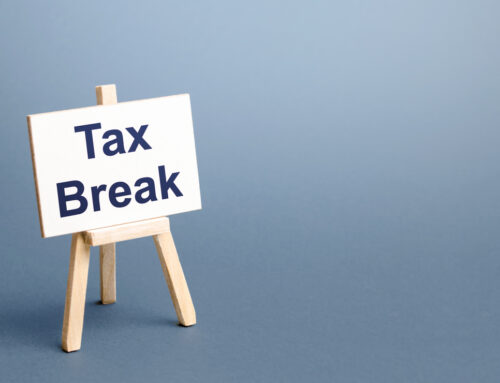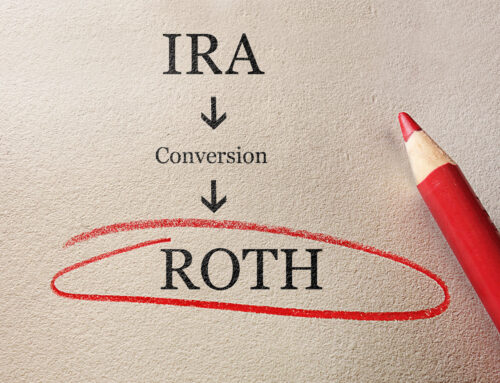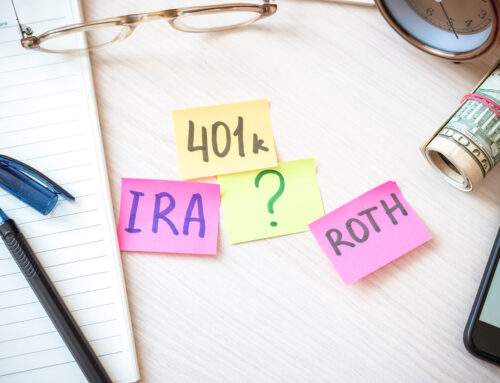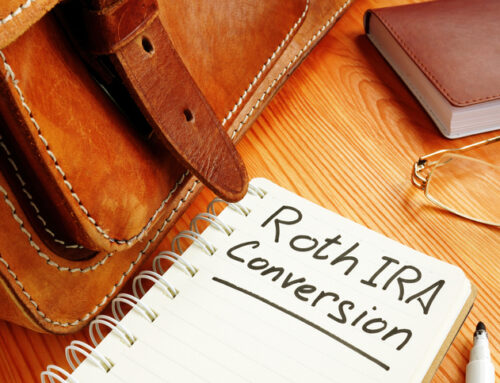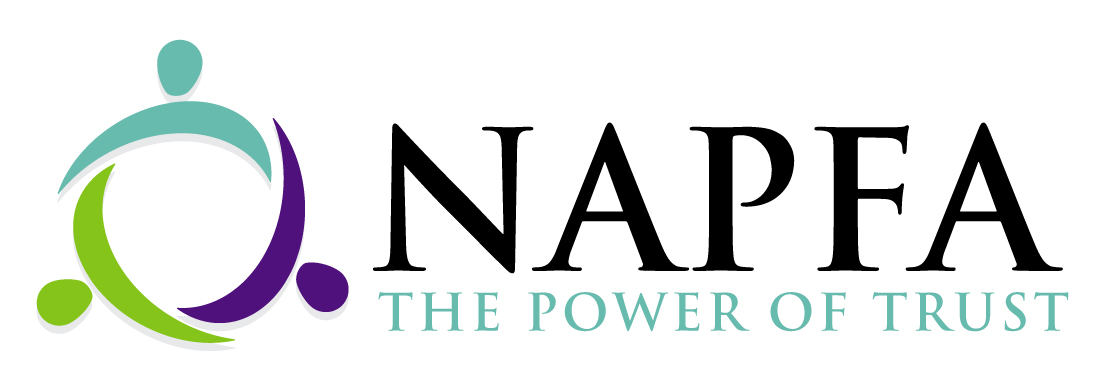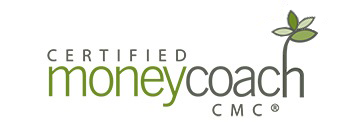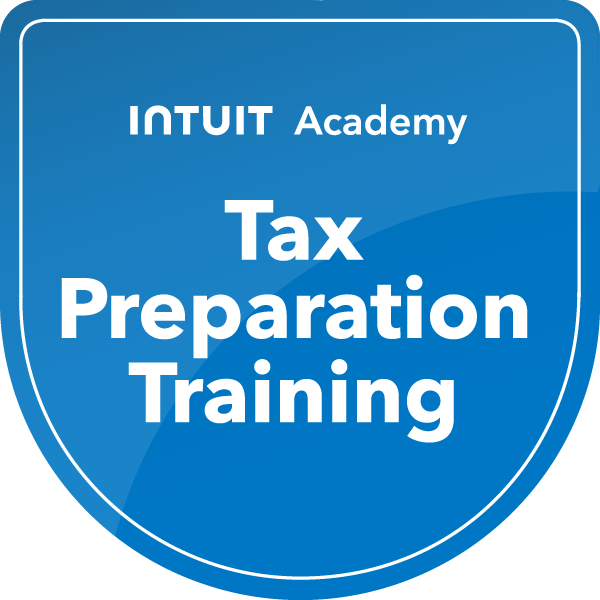Preparing for retirement is more than just picking a date to stop working – one vital component is about knowing whether you’re financially ready to maintain your lifestyle for decades to come. Many individuals feel overwhelmed or uncertain about when they can confidently retire. From understanding your income sources to managing taxes and healthcare costs, this guide covers the essential steps to evaluate your financial readiness.
Start With a Retirement Roadmap
To determine if you’re financially ready to retire, begin by mapping out your expected living expenses and aligning them with your current financial picture. Consider housing, healthcare, lifestyle goals, travel plans, and inflation.
Retirement happens in stages—commonly referred to as the “Go-Go,” “Slow-Go,” and “No-Go” years – each with different spending levels. Understanding these phases helps create a more accurate long-term income plan.
Understand Your Retirement Income Sources
Most retirees rely on a mix of income from Social Security, investment savings, and sometimes pensions. If you’re wondering when to take Social Security benefits, remember that claiming them early (as soon as age 62) can reduce your monthly payout by up to 30%. Delaying benefits until age 70, however, could increase your monthly payments by as much as 24%.
Stress-Test Your Investment Portfolio
Your investments need to last throughout your retirement – possibly 30 years or more. One of the biggest mistakes retirees make is underestimating the impact of market volatility and inflation. A fee-only, fiduciary financial planner can help run simulations to test how your retirement portfolio would hold up under various conditions like market downturns, unexpected health events, or early withdrawals.
Understand Tax Implications
During the early years of retirement, managing your income to avoid unnecessary tax hits is critical. Exceeding certain income levels can trigger Medicare premium surcharges known as IRMAA (Income-Related Monthly Adjustment Amounts).
A thoughtful tax strategy, including when and how to take withdrawals, can help you avoid surprises. This is also an ideal time to consider Roth IRA conversions, especially before you’re subject to Required Minimum Distributions (RMDs) starting at age 73 (as of 2025).
Develop a Withdrawal Strategy
There’s no one-size-fits-all rule for withdrawing from your retirement accounts. The right withdrawal plan balances your income needs with tax efficiency and long-term growth. This may involve blending distributions from traditional IRAs, Roth IRAs, and taxable accounts in a way that minimizes your overall tax burden.
Final Thoughts
Retirement readiness isn’t just about how much you’ve saved – it’s about how well you plan. By evaluating your income sources, understanding Social Security and Medicare nuances, and creating a tax-efficient withdrawal strategy, you can enjoy your retirement years with greater peace of mind.



